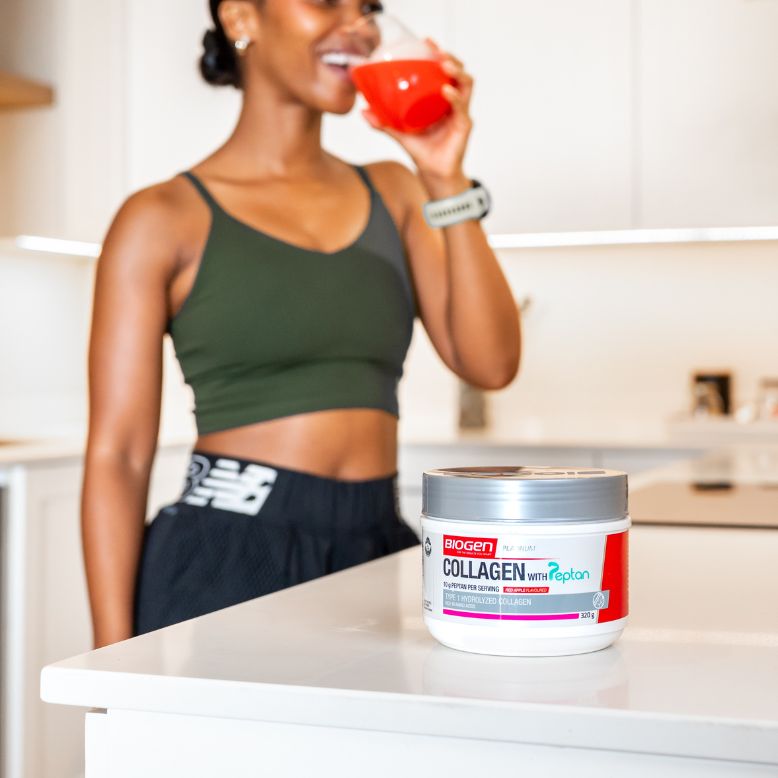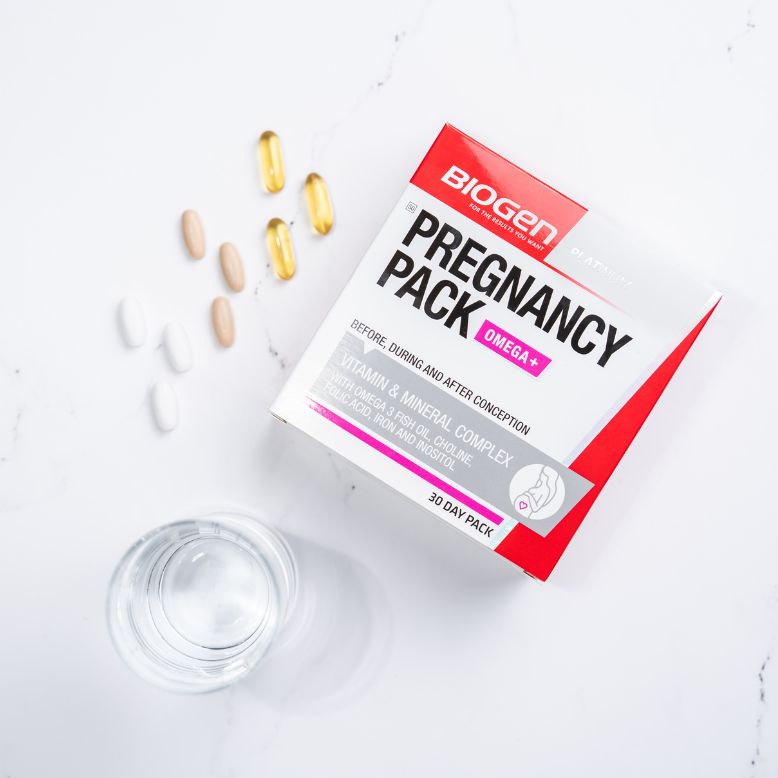
Are you getting enough protein every day to support muscle growth and recovery?
When it comes to building muscle and supporting recovery after exercise, providing your body with sufficient protein is vitally important.
But, do you know exactly how much protein you need for optimal growth and recovery? Do you know what that figure equates to in terms of derived protein food and supplements?
This article unpacks your daily protein needs with a practical look at the quantity of food and supplements you need to consume to ensure you hit your daily target.
References:
- Morton RW, Murphy KT, McKellar SR, et al. A systematic review, meta-analysis and meta-regression of the effect of protein supplementation on resistance training-induced gains in muscle mass and strength in healthy adults. Br J Sports Med 2018;52:376–84.doi:10.1136/bjsports-017-097608.
- Arash Bandegan, Glenda Courtney-Martin, Mahroukh Rafii, Paul B Pencharz, Peter WR Lemon, Indicator Amino Acid–Derived Estimate of Dietary Protein Requirement for Male Bodybuilders on a Nontraining Day Is Several-Fold Greater than the Current Recommended Dietary Allowance12, The Journal of Nutrition, Volume 147, Issue 5, 2017, Pages 850-857, ISSN 0022-3166,
https://doi.org/10.3945/jn.116.236331. - Schoenfeld BJ, Aragon AA. How much protein can the body use in a single meal for muscle-building? Implications for daily protein distribution. J Int Soc Sports Nutr. 2018 Feb 27;15:10. doi: 10.1186/s12970-018-0215-1. PMID: 29497353; PMCID: PMC5828430.










